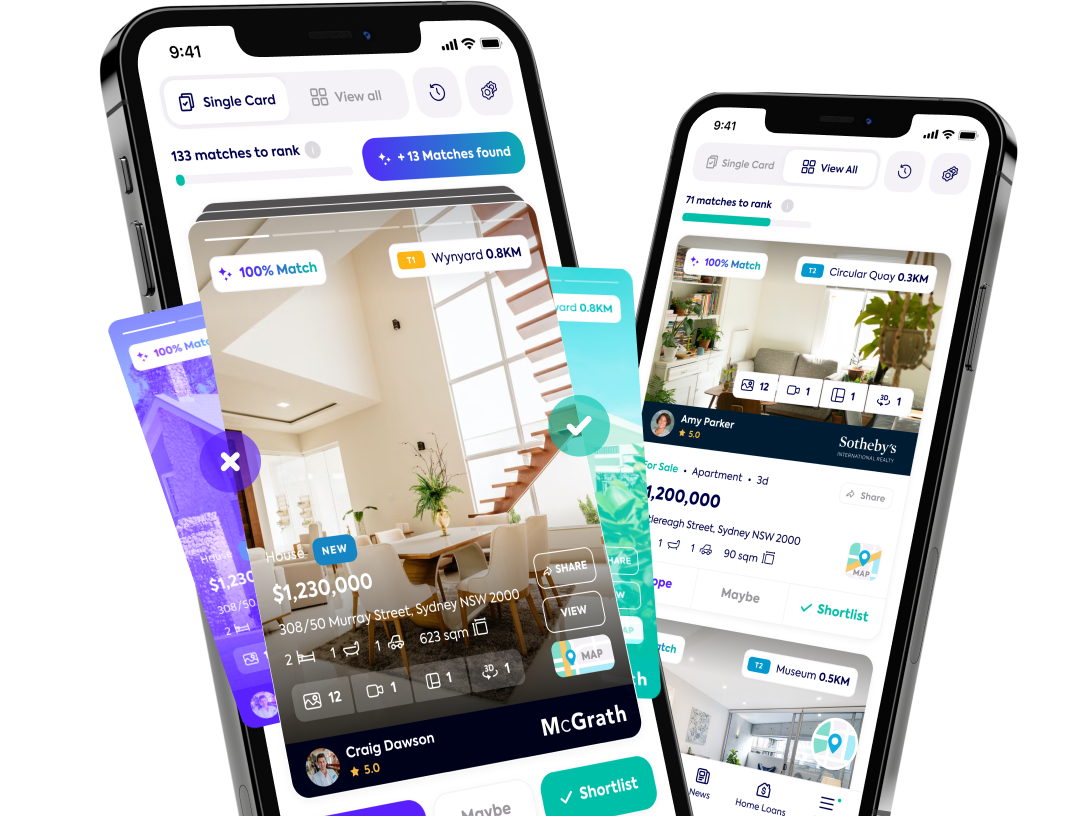When it comes to finding a city that offers a great quality of life, Brisbane is often high on the list. With its warm climate, stunning beaches, and vibrant culture, it’s no wonder that many people are drawn to this Queensland capital. But is the cost of living in Brisbane worth it?
In this post, we’ll delve into the various expenses you might encounter while living in this beautiful city and help you decide if it’s the right fit for you. We will look at the four estimated monthly costs.
Housing and accommodation
Brisbane vs Sydney and Melbourne
When it comes to property prices, Brisbane is more affordable than its counterparts, Sydney and Melbourne, especially for a single person.
According to data from the Australian Bureau of Statistics, the median house price in Brisbane is around AUD 575,000, which is significantly lower than Sydney’s AUD 1.1 million and Melbourne’s AUD 880,000. This factors in the estimated population in these cities. And this is even considering the continuous increase of Brisbane’s house price growth in the last 10 years.
The average rent in Brisbane is also cheaper, averaging around AUD 400 per week, compared to AUD 550 in Sydney and AUD 480 in Melbourne. The monthly rent is also slightly lower in Brisbane than in other cities. You can always check out the best places to rent in Brisbane before making your decision on where to live.
Brisbane suburbs
There are just so many good places to live in Brisbane. Of course, property prices can vary greatly depending on the suburb. Some affordable options include Ipswich, Caboolture, and Logan, while more expensive areas are Paddington, New Farm, and Ascot. Researching different suburbs and their rental costs can help you find the best fit for your budget and lifestyle.
Like any city, there are also the worst suburbs in Brisbane where the crime rate is higher than average. Just be a little more on your guard in these areas.
Utilities and services
When budgeting for living expenses, don’t forget to factor in the cost of utilities and services, such as the average electricity bill. Electricity and gas costs in Brisbane average around AUD 1,500 per year, while water and sewage bills can add another AUD 800-1,000. Internet and phone services typically cost around AUD 80-100 per month.

Transportation
Public transport
Navigating Brisbane is relatively affordable, thanks to the city’s extensive public transport system. Bus, train, and ferry tickets range from AUD 3-6 per trip, depending on the number of zones travelled. This does not include student discounts. Which is why international students choose Brisbane to further their studies, the accessibility of affordability of public transport plays a big role.
For frequent commuters, the estimated monthly costs for a transport pass are around AUD 200.
Owning a car
If you prefer the convenience of a car, be prepared for the associated expenses. The average cost of buying a used car in Brisbane is around AUD 15,000, while fuel prices hover at about AUD 1.50 per litre.
Additionally, registration and insurance fees can add up to AUD 1,000-2,000 per year, and parking fees in the city centre can be as high as AUD 20 per hour.
Food and groceries
Grocery shopping
The cost of groceries in Brisbane is comparable to other Australian cities. Based on Numbeo data, a monthly grocery bill for a single person averages around AUD 350-400. Shopping at local markets or discount supermarkets like Aldi can help you save on groceries.
Dining out
Eating out in Brisbane City can be a treat, with a wide variety of restaurants and cuisines to choose from. The cost of a meal for the average person at a mid-range restaurant is around AUD 30-40 per person, while a fast-food meal typically costs AUD 10-15.

Lifestyle and entertainment
Fitness and sports
Staying active is an essential part of a healthy lifestyle, and Brisbane offers plenty of options for fitness enthusiasts. Gym membership fees average around AUD 60 per month, while sports club memberships vary depending on the activity and level of competition.
Cultural experiences
Brisbane is a hub of arts and culture, with numerous museums, galleries, and theatres to explore. Entry fees for most museums and galleries range from free to AUD 20, while theatre and cinema tickets can cost anywhere from AUD 15-100, depending on the show and seating.
Outdoor activities
The great outdoors is one of Brisbane’s biggest attractions, with stunning national parks and beaches within easy reach. Most national parks offer free entry, but some charge a small fee of around AUD 10 per vehicle. Beach access is typically free, but parking fees may apply in popular areas, usually ranging from AUD 5-10 per hour.

Tips on living in Brisbane
How does the cost of living in Brisbane compare to other major cities in the world?
Brisbane has generally more affordable living circumstances than other major cities like London and New York but is more expensive than cities in Asia and South America.
What is the average salary in Brisbane?
The average net salary in Brisbane is around AUD 60,000 per year, which is slightly lower than in Sydney and Melbourne but still competitive within Australia. It can be helpful to know what a good salary is in Australia before you decide to live there.
Is it easy to find work in Brisbane?
Brisbane has a diverse job market, offering opportunities in various industries such as healthcare, education, tourism, and technology, making it relatively easy to find work for most people.














